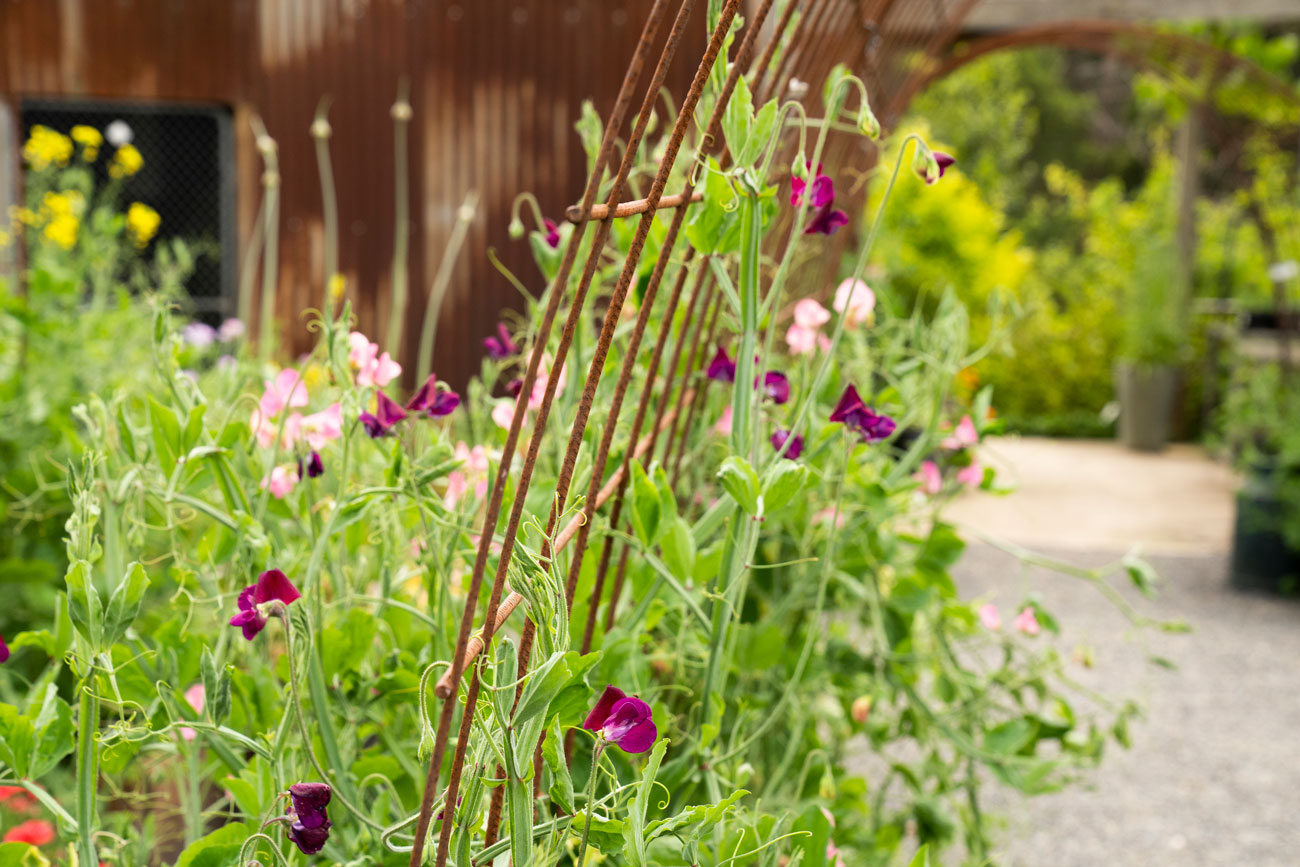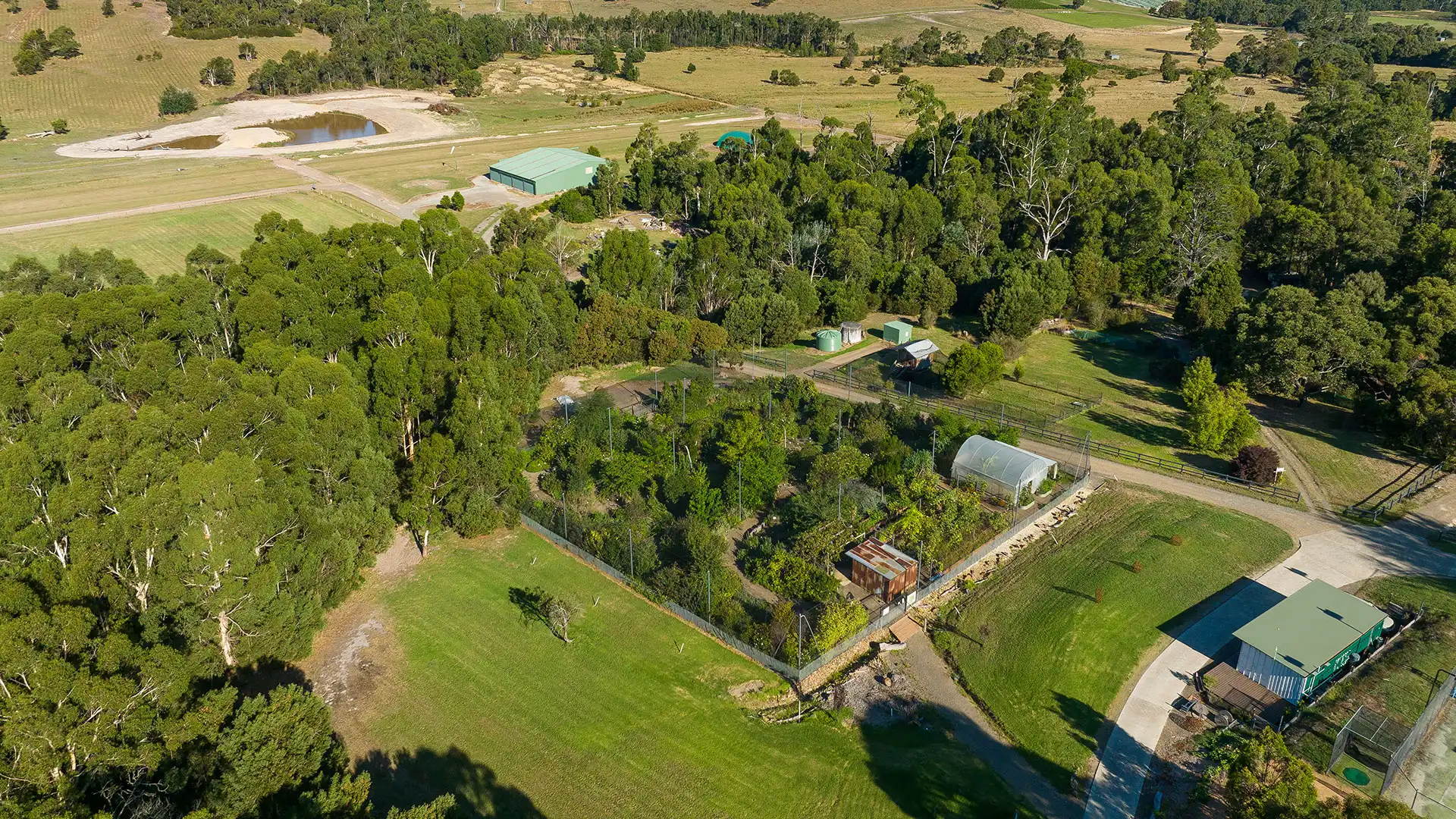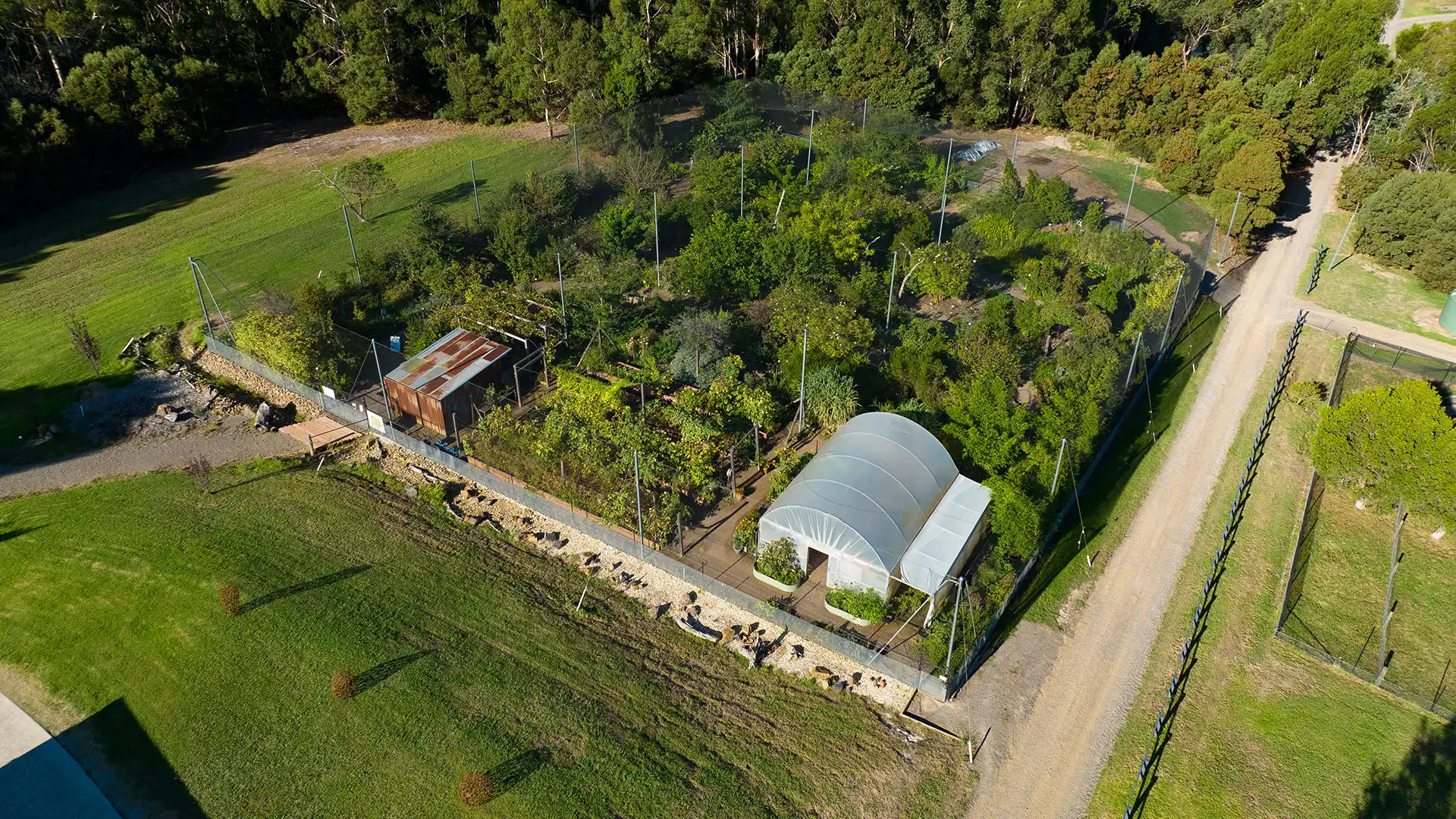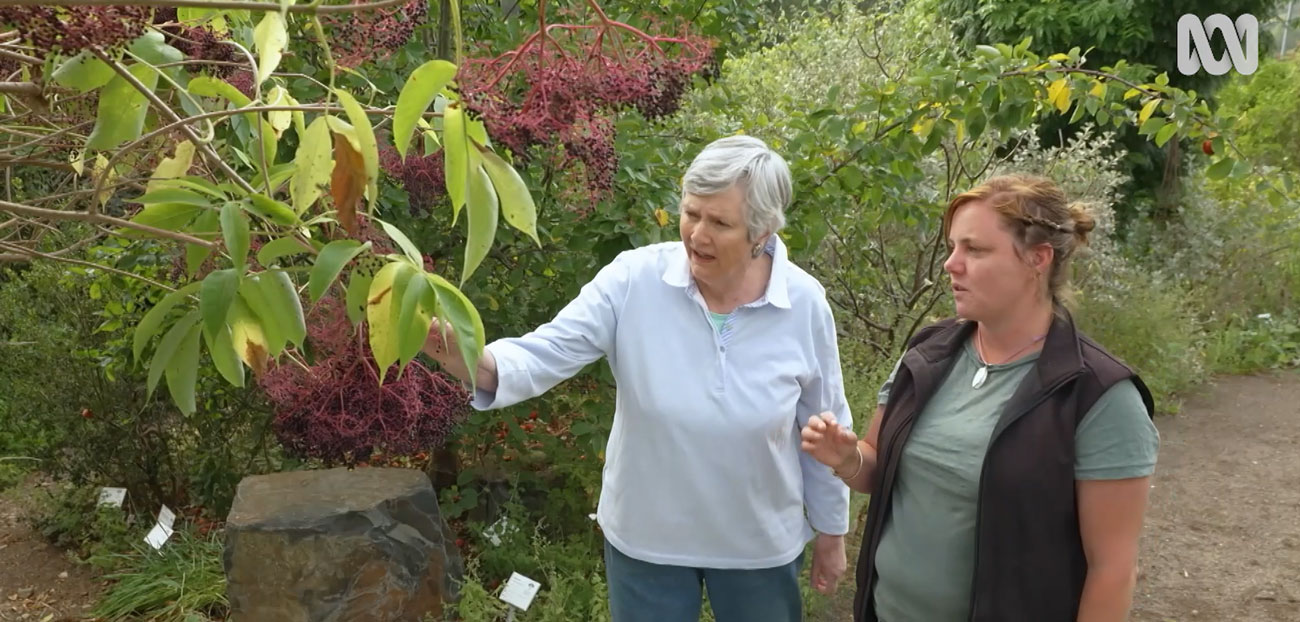November in the Garden
What We’re Planting at the Edible Forest
November’s arrived, and the soil has finally warmed to that sweet 18°C — the moment we’ve been waiting for. It’s all hands on deck this month as we get our summer crops in the ground and prepare the garden for a busy growing season ahead.
What’s Going In Right Now
If you’re wondering what to plant, how often to water, or when to feed your veggies, here’s what’s happening in the forest right now and a few tips you can use at home.
The garden’s bursting into life again. We’re planting all our heat-loving vegetables — tomatoes, capsicum, chillies, eggplant, zucchini, cucumber, and pumpkin.
The Solanaceae family (that’s your tomatoes, capsicum and eggplant) really take off once the soil warms up. They’ll reward a bit of care now with plenty of flowers and fruit later in the season.
Our herbs are going in too: basil, parsley, tarragon and dill. Basil, in particular, has been sulking through the cold — but now that it’s warm, it’ll take off quickly and fill the garden with fragrance.
And because every good food forest needs flowers, we’re tucking in sunflowers, cosmos, marigolds, vinca and petunias between the veggies. The bees are already taking notice.
Your November To-Do List
If you’re getting your summer garden going, here are three easy jobs worth tackling this month.
Mulch now, water less later
Feed for flowers
We use sugarcane mulch, about 5–7cm thick, around all our plants. It keeps the soil cool on hot days, locks in moisture, and helps build healthy soil life underneath. It also means fewer hours standing with the hose when January arrives.
A trick for tomatoes
A good feed with a high-potassium fertiliser encourages flowering, which means better fruit later on. We feed all our beds this month, then again in about four weeks to keep growth steady and strong.
When planting tomatoes, capsicum or eggplant, add a teaspoon of potash and a sprinkle of dolomite lime to each hole. This small step prevents blossom end rot — those black patches that spoil fruit — by adding calcium and helping plants absorb it efficiently.
A Word About Watering
Now that the weather’s heating up, watering becomes critical — and a bit more nuanced than you might think.
Even if it’s rained, check how much has actually fallen. Anything under 5mm doesn’t make much difference. A windy 20°C day can dry out a garden just as fast as a still 35°C one because wind pulls moisture out of leaves faster than roots can replace it.
Here’s our simple rule of thumb:
- 20° days — water every second day
- 30° days — water morning and afternoon
- 35°+ — water three times a day if you can manage it
If you’ve got drip irrigation, shorten sessions to about 5–10 minutes. With a hose, go for a deep soak to reach the roots.
What’s Next at the Edible Forest
It’s one of the busiest and most rewarding times of year here in the forest. The beds are full, the bees are working overtime, and the whole place hums with colour and energy.
If you’d like to see it for yourself, our Tour, Taste & Educate experiences run every Friday and Saturday.
They’re a great way to wander through Victoria’s largest permaculture food forest, taste what’s growing, and pick up ideas for your own patch.
You can also purchase a Gift Voucher — perfect for anyone who loves gardening or sustainable living.
Happy planting,
The team at Edible Forest








